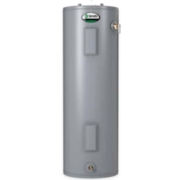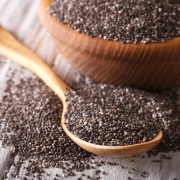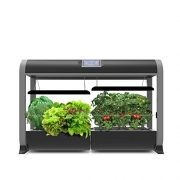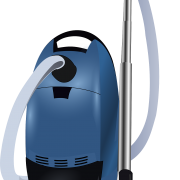Tankless water heaters have become more popular than the tank style water heaters for many good reasons. Mainly because water heating is the second largest monthly expense in a typical home. Did you know the average cost to keep water heated is 14 to 18 percent of the home’s utility bill.
Homeowners today are constantly looking for ways to maximize cost and energy savings in their homes. One simple way to save is to invest in an energy-efficient tankless water heater. Check out these 5 reason’s why you should look into the best tankless water heaters.
Installing one in your home could be the wisest choice you make right now.
5 Tankless Water Heater Advantages
1) Continuous Hot Water For Showers and Other Uses Around the House
If your household has over 4 members and you are still using a tank water heater, chances are there’s a constant request for hot water. Trying to fit everyone’s schedule in the morning is close to impossible without at least one person ending up with cold water.
A tankless water heater provides an instant hot water solution to the problem since it heats up water on demand, ensuring that it is always available when needed.
2) They Last for a Longer Period of Time
A tank water heater carries a warranty of between 6 and 10 years and lasts up to a decade. In comparison, a tankless water heater can have a warranty of between 10 and 15 years and lasts up to 2 decades. As you can see a tankless type is a much better investment in the long-run.
With that in mind, a tankless water heater lasts longer and helps increase the value of your home.
3) Higher Water Flow Rate
Tankless water heaters create hot water on demand. For instance, you can run the washing machine, dishwasher, and have 2 showers all running at the same time and the system will keep producing continuous hot water without ever running out.
4) Saves Water
The traditional tank water heater takes anywhere from 2 to 3 minutes to produce hot water and anywhere from 20 to 30 minutes to refill the reserve. However, with a tankless water heater, you don’t have to wait for water to heat up since it heats water instantly.
Not only does this help you save time but it also ensures that water doesn’t go to waste while you wait for the hot water to finally reheat by using a tank heater.
5) Space Savings
A tankless water heater takes about 1/3 of the space occupied by a traditional tank water heater. It can generally be mounted on the wall and easily connected to your water source. Since the best tankless units are smaller than traditional tank heaters, you can also install one in areas that a traditional tank water heater would not fit into.
Final Thoughts
Tankless water heaters offer so many advantages over traditional tank water heaters. If you install a tankless water heater in your home, it can be one of the best investments you ever make.
If you would like to learn more about the tankless water heating benefits, and/or set an appointment to have one installed in your property, you should look at product reviews and the latest models to see which one would work best for you.















